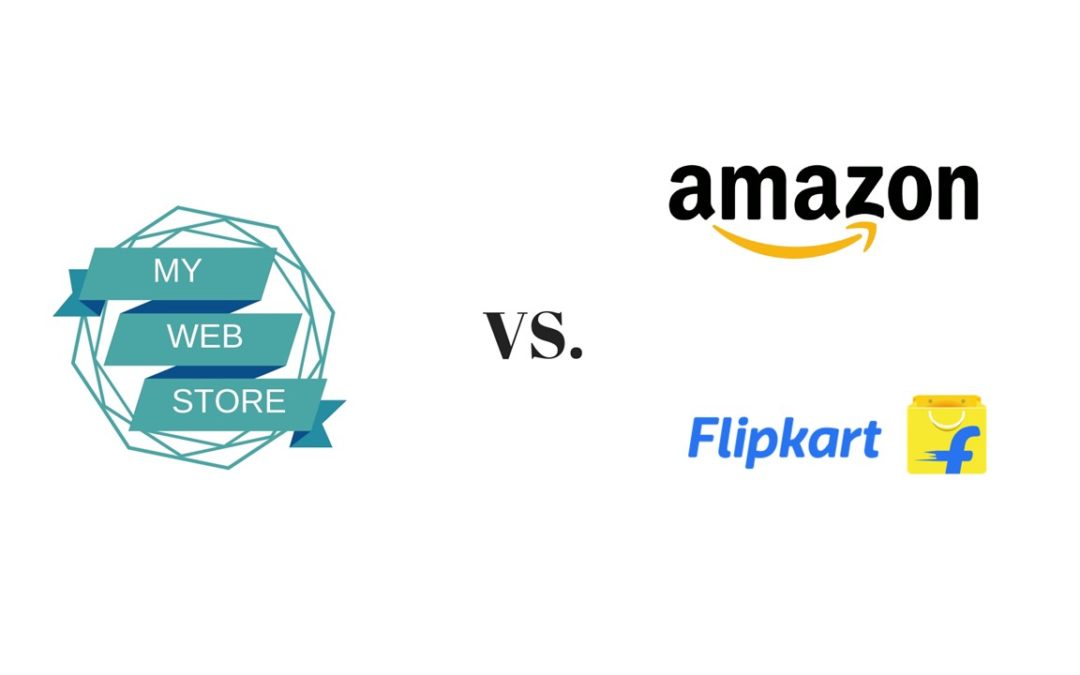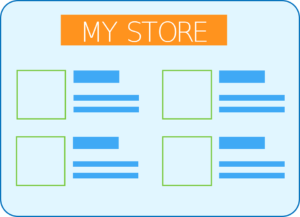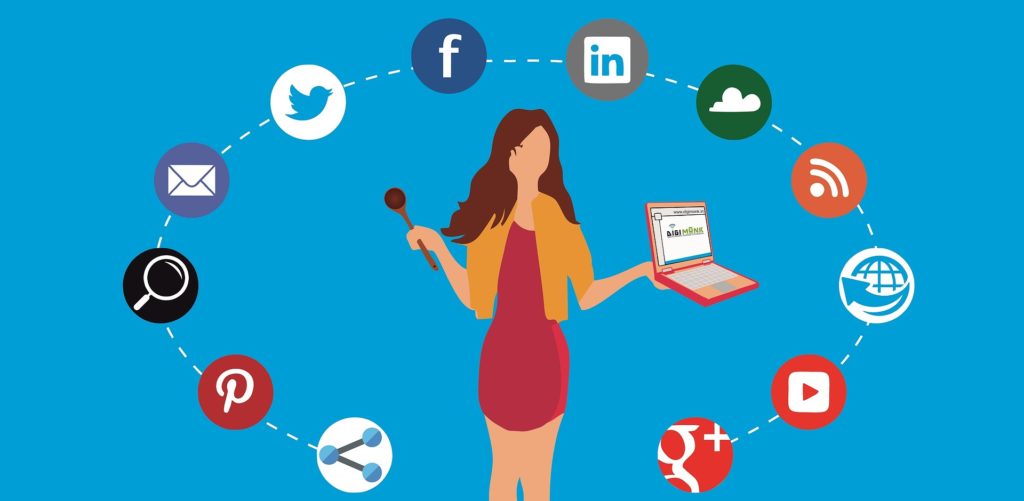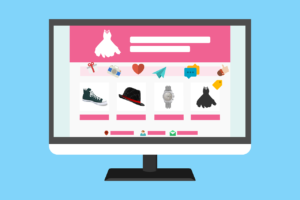A website is almost equivalent to a visiting card now, everybody has one, irrespective if they deserve one or not.
Do you have an e-commerce website to sell your products online?
Well, congratulations you just added a drop of water to the sea. As many as 1,06,086 websites are registered daily in India. To be honest, it’s a rat race out there and just having a website isn’t going to cut it for you.
This article will help you understand what exactly should one be doing while launching a B2C product brand.
You launch via a brand website only:
Pros:
- Complete control of reviews on the website: A buying decision is highly dependent on the reviews the product has. Reach out to the reviewer using their registered phone number or email ID and resolve their issue!
- No content limitation: “Content is King”: On a website the only sales pitch you have is content. No content limitation means you can have an elaborate and satisfactorily long pitch. Generally, marketplaces (Amazon, Flipkart etc) have a strict mandate on what and how much of content one can put on their platform
- Cross-Sell / Upsell your products
- No Profit Sharing: You enjoy the whole cake by yourself. Since the sale is on your own website, you do not have to share your profits with anyone except for the 2% that the payment gateway fellas will take away
- Building a customer database: Since the backend is in your control, you have all the database to yourself and can remarket and do all kinds of marketing tactics to get a future sale
- You are the Boss: You can run offers and deals as per your will. Unlike marketplaces, you won’t be penalized for a delay in delivery for some unforeseen circumstances
Cons:
- You need to take care of the whole Digital Marketing services for your e-commerce website
- It would take SEO at least 3-6 months, you might crave for your first sale until this long via organic channels
- If you are a non-funded startup then Paid marketing is almost out of the picture. To give you a foresight, a cost per click for Google Ads ranges from Rs. 7 to Rs. 200 (e.g. Apparel Industry). Even we if we consider the best-case scenario, to get the first 10000 users, you need to shell almost 70000 bucks, adding in the factor “erratic behavior of paid traffic”, the math of ROI won’t make sense
- Technology Bottleneck: “With great power comes great responsibility”. Code breaks, servers go down, the website goes slow, you will be seeing issues like these popping up time and again. I think we all have experienced it. Technology is a costly affair and can be a bottleneck if you don’t have the right team sitting beside you
- Periodic backup of the website is a task, if not done the whole website can one day be infected and be lost in the internet’s black hole
- Lack of trust: Honestly, when was the last time you bought from a website of which you’d never heard of before. Lack of trust is one of the major reasons why people don’t transact on a branded website
Also Read: Top 5 Reasons to Outsource Your Digital Marketing
Launch via a Marketplace store only:
Pros:
- Quick Orders: You might get your first order in the first week itself
- No Technology Hassles: Marketplaces like Flipkart, Amazon will be taking care of all the technology hassles for you
- Order Fulfillment: These marketplaces provide full support from training you to pack the product to deliver the product for you
- Fast Launch: You can be up and live in a marketplace — in not more than 3 days
- Good Quality Traffic: Did you know 2 out of 3 “buy” intent queries are directly searched into a marketplace and not Google Search bar. All the traffic on this website is with an intention of buying
- No need of a brand: Online buyers are open to experimentation and when it comes from a trusted partner (Amazon/Flipkart), they won’t hesitate before making a purchase, so not having a label won’t be a problem anymore
Cons:
- Marketplace commission 8% to 30% : The only downside in a marketplace store is the commission that these marketplaces take in every sale. Hands down the commission is justified for the services they provide but is still a significant amount of your profits.
Ahhh…. enough said!
What is the most ideal way for starting an ecommerce business then?
You smarty pants must be thinking of going live on online marketplaces as well as a personal website, right? Well, yes, partially!
Ideally, I would strongly recommend taking this in a phase-wise manner. You go live on marketplaces first and start earning your bread and butter, while you do that you are also creating a personal brand identity.
If your product is really good people are going to buy it more often, refer it further. This way, your audience will start searching for your product with your brand name. In case, if you want to go more aggressive, you can run in-marketplace ads along with a few social branding ads (strictly branding and not sales).
Once you start getting consistent orders on marketplaces, it’s time to divert & start acquiring customers on your personal platform. You are going to get a lot of SEO benefit because of the brand recall (brand keyword search) that your customers are doing.
This is the final rap that you sing before you go famous. All marketing activities will now strictly promote the website. New buyers who are still unaware of the brand might research about you online and land upon your marketplace store where you already have gained good reviews and sales. Hence resulting in gaining the trust of that researcher. This amplifies the chances of a sale.
If I were to give you a tentative timeline then it would something like this. (disclaimer: timelines are averaged basis various niches, if you want to understand this for your business niche, then drop a line in comments or in the contact us section)
Here you go!
- Phase 1: 0 – 6 months should be about getting maximum sales and reviews on marketplaces.
- Phase 2: 6-12 months will be starting digital marketing activities for your personal brand while still giving your customers to buy from your marketplace store. (a call to action button of “Buy from Amazon” button on your website redirecting them to your Amazon store.)
- Phase 3: 12-18 months this period you disengage the website and marketplace (remove CTA) and run both the platforms individually.
- Phase 4: 18-20 months, by this time you should be calculating the ROI and feasibility of both the storefronts that you’ve created. Depending on the situation then you can either cut losses or throw a party or modify your strategy accordingly.
Do you agree? If you don’t, then let’s have a constructive argument in the comments below. Happy Selling!
Also Read: Why is SEO Important for a Website?








Well written and informative blog. In the market it is trending now